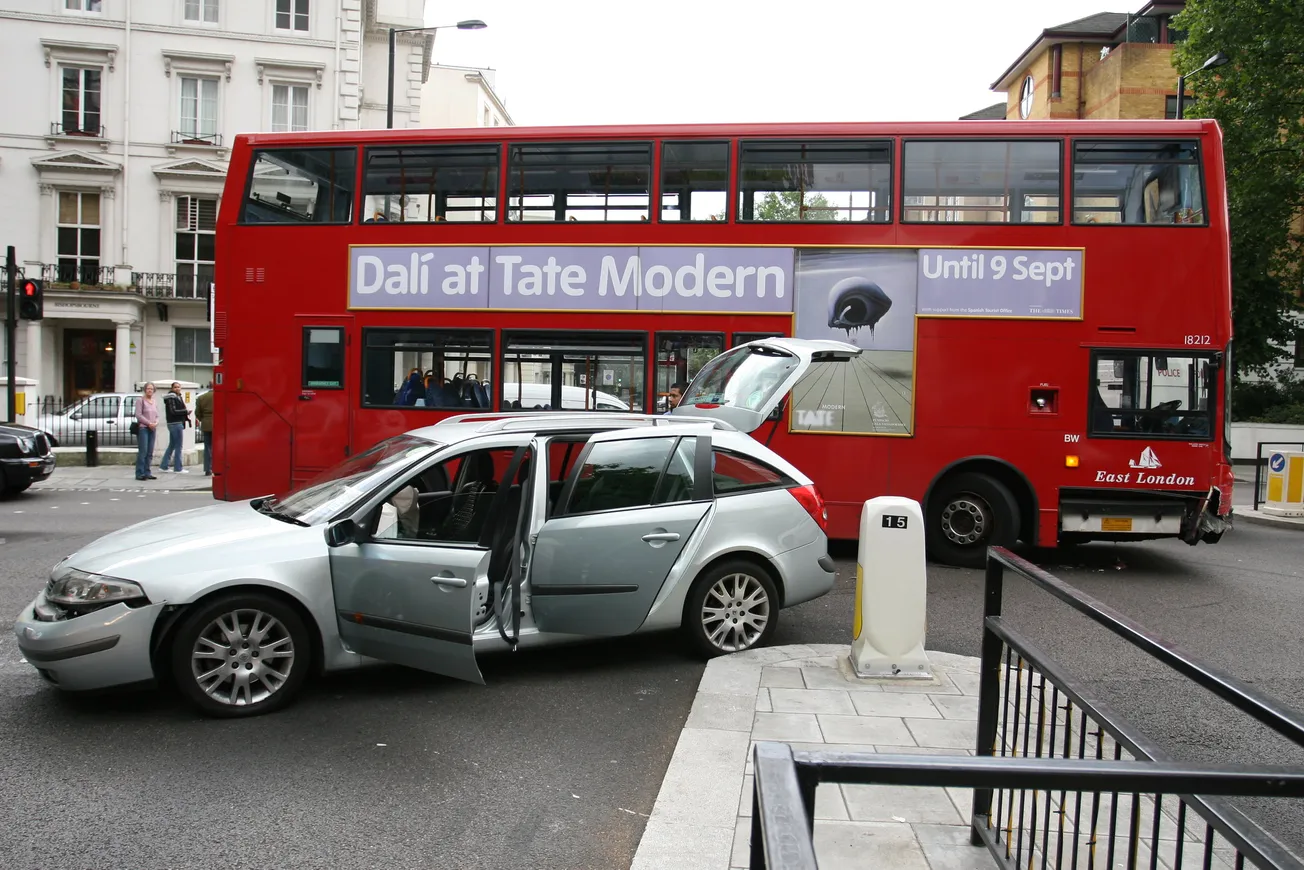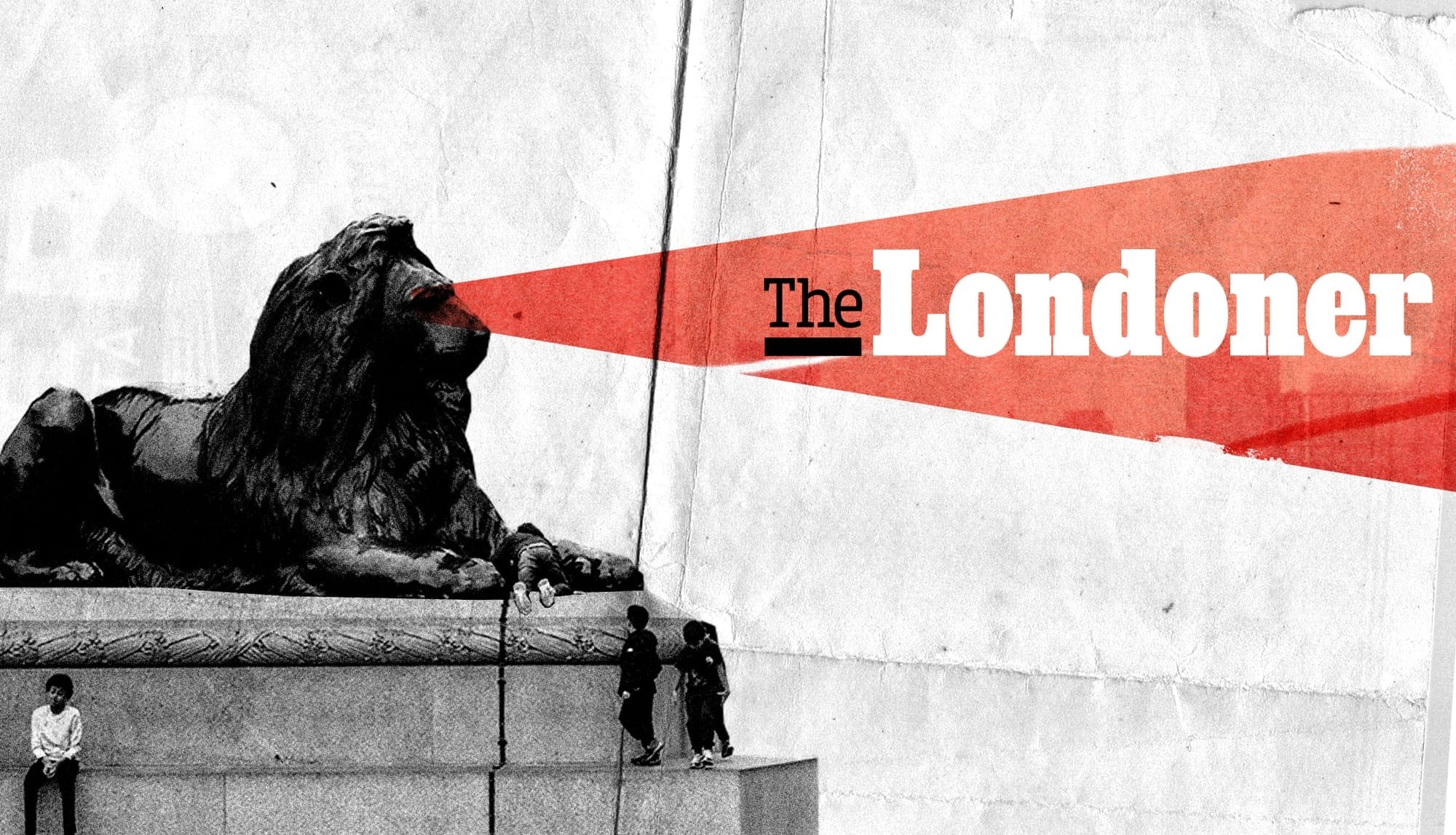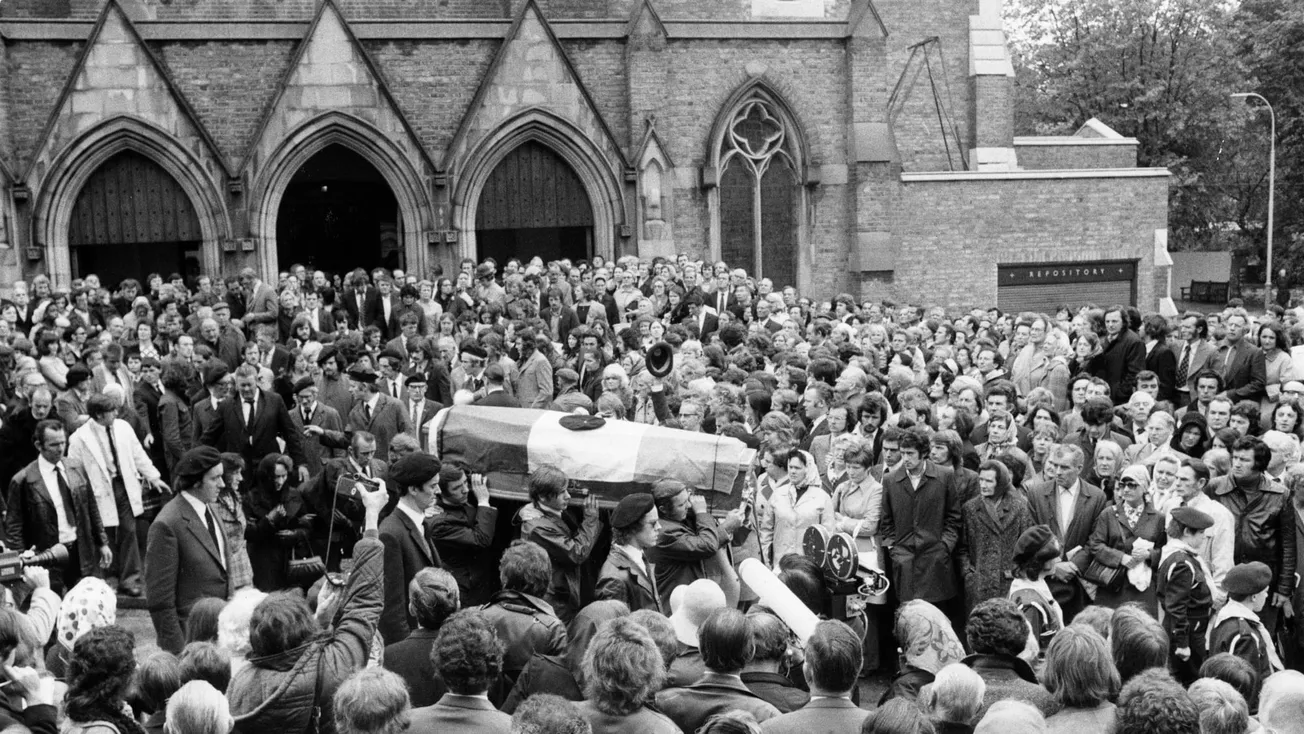Dear Londoners — welcome to 2025, the year The Londoner becomes an unstoppable force in UK journalism. We’ve got big plans for this year, and we're pleased to report that we’ve almost hit 7,000 subscribers on our mailing list. Very soon, you’ll get the chance to become a paying member of The Londoner, giving you access to lots of members-only stories and other unmissable benefits. But for now, thanks to everyone who has told friends about us and spread the word.
If you missed it over Christmas, we put out some stellar reporting on everything from London’s invisible office cleaners to how the city’s oldest pubs aren’t what they seem. We have some great stories coming up this month, including a long read about an unsolved murder, a piece about mudlarking, and an investigation into links between politicians and a church accused of being a cult.
In the meantime settle in for a round-up of London news and what you should be doing in the new year in our Monday briefing.
Big Story: Are London buses unsafe?
Top line: London’s bus system is the envy of the rest of the country, with many regional leaders seeking to roll out a London-style transport system. The London bus network is hailed as cheaper, more efficient and more convenient than the privatised bus services used in other cities. But, as we mentioned in a briefing last year, there are increasing murmurs about the safety of London’s buses — specifically how many people are being injured and killed. We’ve been doing a bit of digging on that front, with the help of writer Karen Liebreich.
Context: When Margaret Thatcher privatised the country’s bus networks in the 1980s, she spared London, which was allowed to keep a franchised model. This means that TfL has control of the system (setting fares, routes etc) and private companies bid for the franchises to operate certain routes. The ‘London model’ is set to be rolled out to councils across the country with the Better Buses Bill, an essential plank of the new government’s manifesto.
A new body: Pushing the national roll-out is the optimistically-named Bus Centre of Excellence (BCoE), a member-only think tank run “by the sector, for the sector”. Set up by the Sunak government and funded to the tune of £815,000 by the Department for Transport, it’s dedicated to “sharing best practices to create a more efficient, high-quality and a reliable bus network”.
So what’s the problem? It’s notable that safety was not listed as a benchmark aspiration for the BCoE. This might be an issue because, in regular international benchmarking, London features consistently among the worst for collisions. Overall, an average of at least one person per month was killed by a London bus last year, according to TfL data and newspaper reports. An interesting column in the Financial Times in November asked whether London's bus model prioritises speed over safety, quoting a former McKinsey consultant and TfL board member who believes the bus network's model is “institutionally unsafe”.
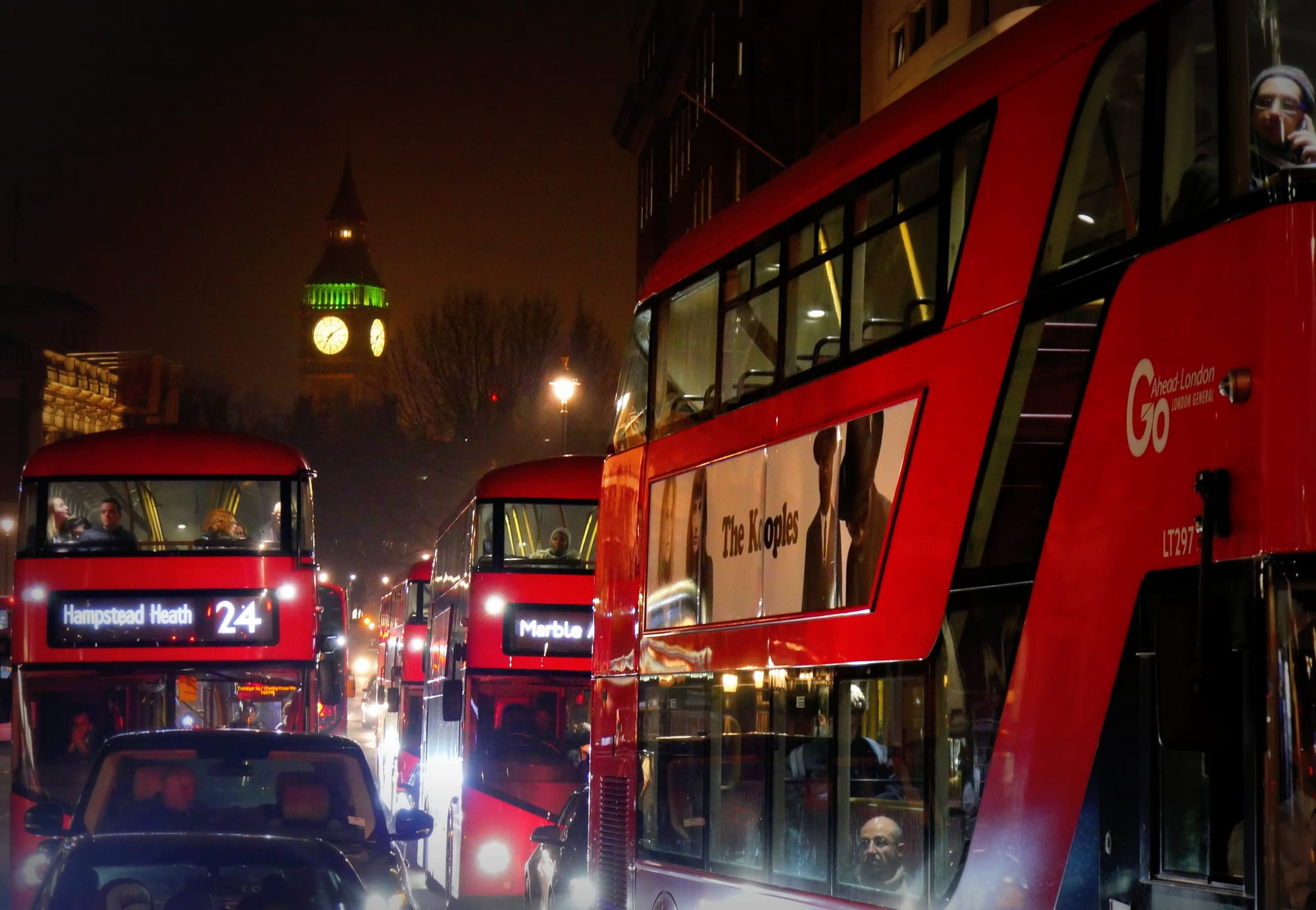
Who is behind the BCoE? We had a little look, and we noticed that the new BCoE’s Advisory Board is chaired by an executive closely associated with TfL’s problematic safety track record. Before he was “terminated [from TfL] by reason of redundancy” according to Sadiq Khan’s response to a London Assembly question (with a £444,598 payoff and an OBE), Leon Daniels had been managing director for surface transport for TfL at the time of the 2016 Croydon tram crash which killed seven people and left 61 injured. The judge described the crash as “undoubtedly an accident waiting to happen” due to the complacency of TfL and the tram operator, where Daniels was previously commercial director. Daniels did not respond when we reached out to him.
An alarming record: During the time Daniels was a managing director at TfL, 80 people were killed on or by London buses, with at least 2,100 suffering serious injuries. By 2023, seven years after he launched TfL’s self-described “world-leading bus safety programme,” London buses were causing more deaths and serious injuries than before the initiative started, despite carrying fewer passengers. Now chairing the advisory board of BCoE, Daniels will be helping to roll out the ‘London model’ across the country, training “a new generation of bus professionals to deliver excellence, seize opportunities and meet challenges now and in the future.”
Why this matters: On the one hand, there seems to be a safety issue with London buses that needs more scrutiny before the system is adopted nationwide. But for Londoners, the key question is whether changes can be made to reduce accidents. TfL’s director of buses stressed to us that “every death on the transport network is devastating” and that the organisation has a “comprehensive bus safety programme” aiming to “eliminate death and serious injury on the network”.
Your news briefing
🚗 According to the analytics company Inrix, Londoners in 2024 spent even more time in traffic than they did the previous year — 2% more. The findings demonstrate a continuation of a trend, with congestion growing “from 97 hours in 2022 to 99 hours in 2023” with an estimated cost of £3.85bn. That now makes London the most congested city in Europe.
Over the years, different causes for the capital’s increasing congestion have emerged. In 2016, Inrix claimed that roadworks were a big factor, while the Greener Journeys campaign has pointed to Uber and online shopping.
🦒 The London Zoo has begun their annual stock-take of their animals — and the BBC has some extremely cute photos of just what that entails (the group of curious black-capped squirrel monkeys are The Londoner’s firm favourites, although the penguins are irresistible, too). Taking around a week, the task is as vital as it is adorable, allowing conservation organisations around the world to better their programmes.
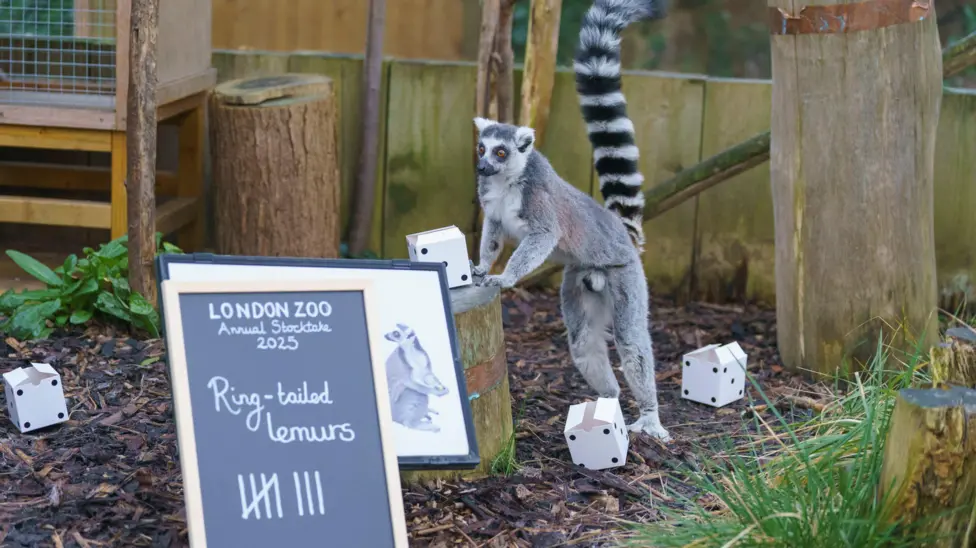
🏠 Here’s one we haven’t heard before: a developer in Southwark has told the council that despite building 58 affordable-rent flats in its new Bermondsey development, the homes will need to be put on the exorbitant private rented market anyway. Developer YourTRIBE says they were unable to find a single social housing provider among the dozens they reached out to that was prepared to take on the flats. It points to the dire financial conditions among social housing providers, many of which are struggling to stay afloat.
New here? Have a read of Hannah Williams’ meditations on urban lighting. Hannah spent the evening following one of London’s five remaining lamplighters, a former pirate radio DJ and jungle MC named Aran Osman. Through the piece, you’ll get an insight into how London moved from the orange glow of sodium vapour to the sterile light of LEDs — and what that means for the capital.
From dawn till dusk
We all know London can be unbearably huge. So every week we’ll take you through an ideal day across the city using our little black book of the best London venues. We hope it’ll be equal parts glitz to spit and Tube-dust.
Breakfast: Scotti’s Snack Bar has been serving sandwiches to punters in Farringdon for over half a century, and, despite fawning reviews in places like the Financial Times, still serves a loyal mix of cabbies, window cleaners and builders. It’s best known for its escalope sandwiches but also serves a variety of breakfast options. Eating there, diners are transported to an earlier London — that same ‘Little Italy’ in which the owner’s parents met (at a dancehall, apparently).
Lunch: From Scotti’s, take a walk towards Kings Cross and its sprawling newbuild estates to Hawker’s Kitchen. Particularly tempting this month, in the cold pit of the year, are its warming bowls of Malaysian fare. Try the excellent laksa (you won’t finish it) or one of their delicious roti-curry combos.
Drinks: There’s something warming about an idiosyncratic survivor in ever-changing London. Bohemia House, with its gingham covered wooden tables, pictures of old Soviet-era leaders and memorials to the Velvet Revolution, is one such survivor. Originally a club for Czech and Slovak migrants in London founded in 1946, this West Hampstead spot is one of, if not the best, places to drink central European beer. And if you happen to pair that with slabs of potato pancakes and mammoth bowls of goulash while you’re there, more power to you.
Dinner: An often-overlooked Chinatown gem is Cafe TPT on Wardour Street, only slightly more expensive than its ever-popular neighbour, Wong Kei. When you sit down, try not to be put off by the traumatically long menu; it's hard to order badly. A must are the green beans, potentially the most delicious vegetable dish in Chinatown. Another winner is anything off the ‘hot stone, sizzling pots’ section of the menu: The Londoner’s go-to are the crispy pork or stuffed tofu.
Later: Ideally suited to drinks, breakfast, lunch and dinner, Stockwell's Little Portugal could easily take up each of the above slots. Venues there also open surprisingly late, specifically Grelha D'Ouro Cafe-Bar, which purveys cheap, good quality wine, pool and steak sandwiches until 2am. If you want a window into a city that doesn’t turf its punters into the cold at 11pm, take a walk down the South Lambeth Road from Vauxhall.
Our favourite reads
On the buses: glimpses of passing commuters in rainy London – in pictures — Kathryn Bromwich, The Guardian
Londoners, who accept the inbuilt odyssey of urban life and frequently travel over an hour into work or back home from a night out, understand that there’s a muffled beauty to even the longest, most uneventful journeys. Steve Madden, a former BBC presenter, noticed this too, and made it his mission to photograph “the beauty in the half-obscured passengers” he spotted on London’s buses. The results possess a stunning vibrancy.
To the manor bought: the Americans who want to be British lords — Kent Russell, 1843 Magazine
A remarkable long read peregrinating how wealthy “graceless Yanks” have been purchasing noble titles via a strange vendor called the Manorial Society of Great Britain, who sell lordships for less than £10,000 — without requiring the purchase of a manor to back up the title. The Manorial Society all go carolling together in London every year, and Kent Russel eagerly signs up.
To do list
An exceedingly weird London space is Holborn’s Novelty Automation, a collection of homemade animatronics by the eccentric inventor, Tim Hunkin. Hunkin’s ‘arcade machines’ allow visitors to get divorced, have an alien encounter and have their feet checked by a menacing chiropodist.
The UK's leading short film festival, the London Short Film Festival, is going on tour around the capital in its adorable 22-seater cinema bus (built in the 1960s to deliver Ministry of Technology training videos to factory workers across Britain). Head to Walthamstow, Crystal Palace and Hounslow to watch short films from some of the most exciting new filmmakers in the UK and beyond, all for free.
It’s your final week to catch The I and the You at Whitechapel Gallery, the first major UK retrospective of pioneering Brazilian artist Lygia Clark. A central figure in the Brazilian neo-concrete movement, which focused on colour, poetic expression and experimentation, Clark’s work encompasses paintings, sculptures and participatory immersive pieces. The exhibition closes on 12 January.
Thanks for reading this week's briefing. Please make sure to share it with friends to spread the word.

Comments
How to comment:
If you are already a member,
click here to sign in
and leave a comment.
If you aren't a member,
sign up here
to be able to leave a comment.
To add your photo, click here to create a profile on Gravatar.

